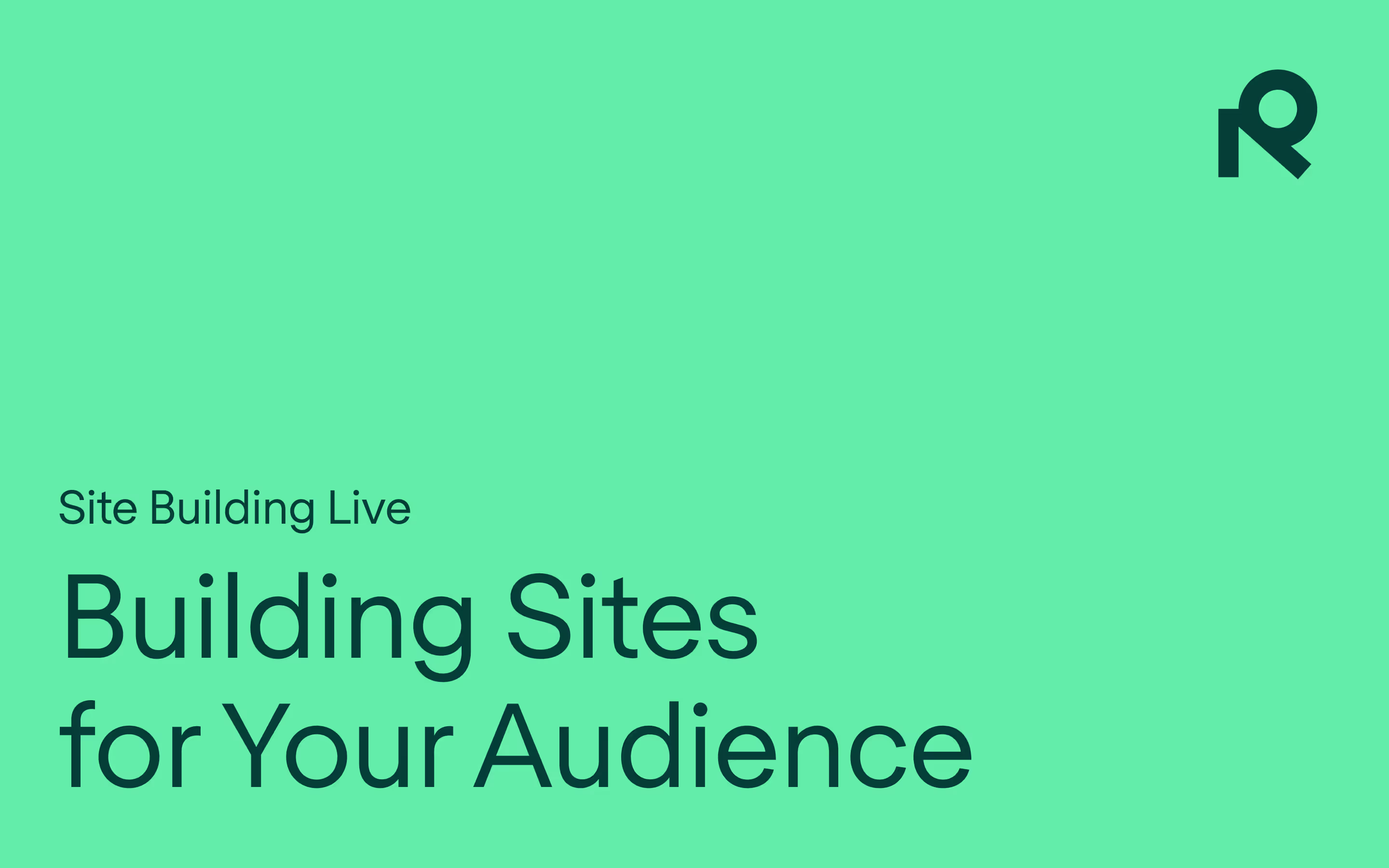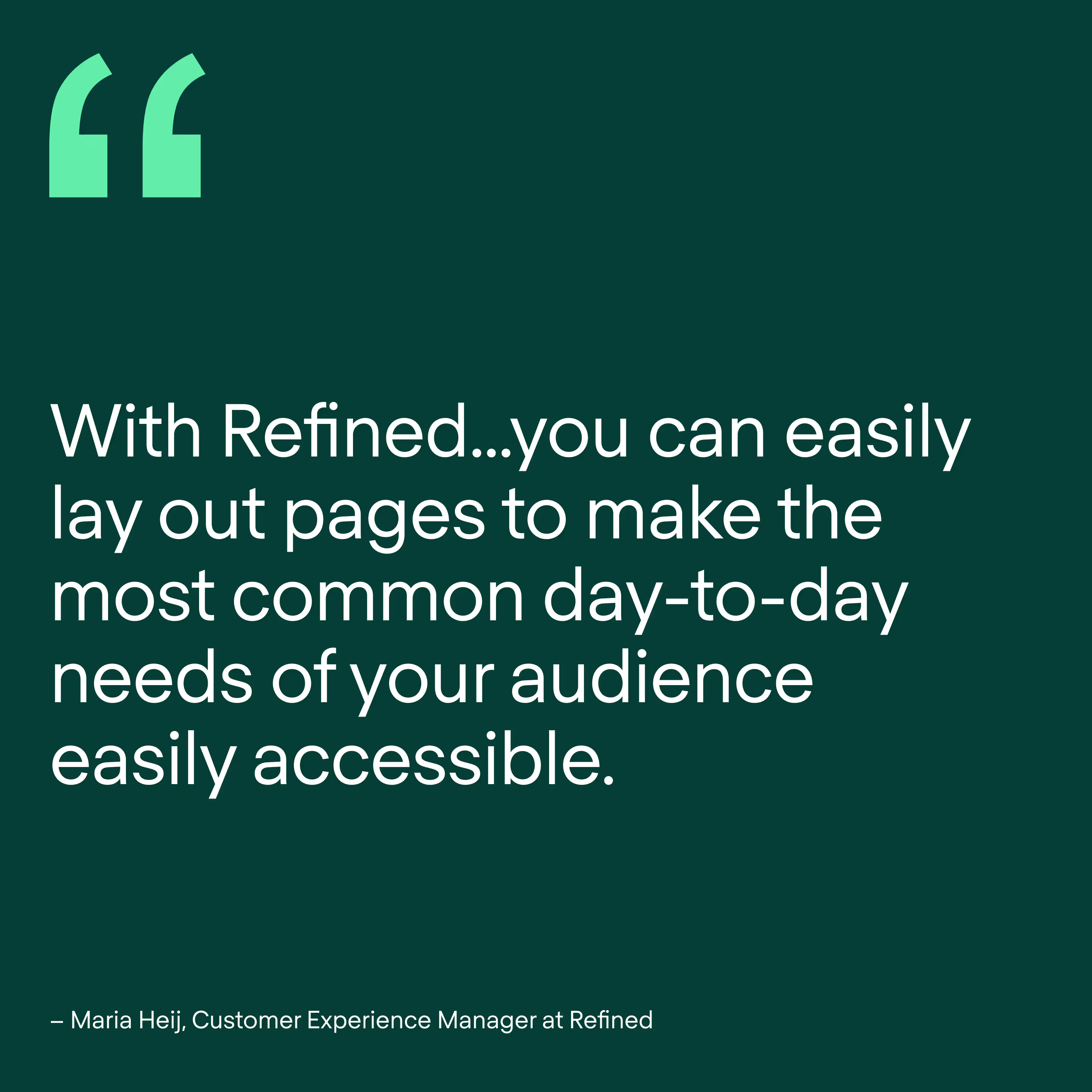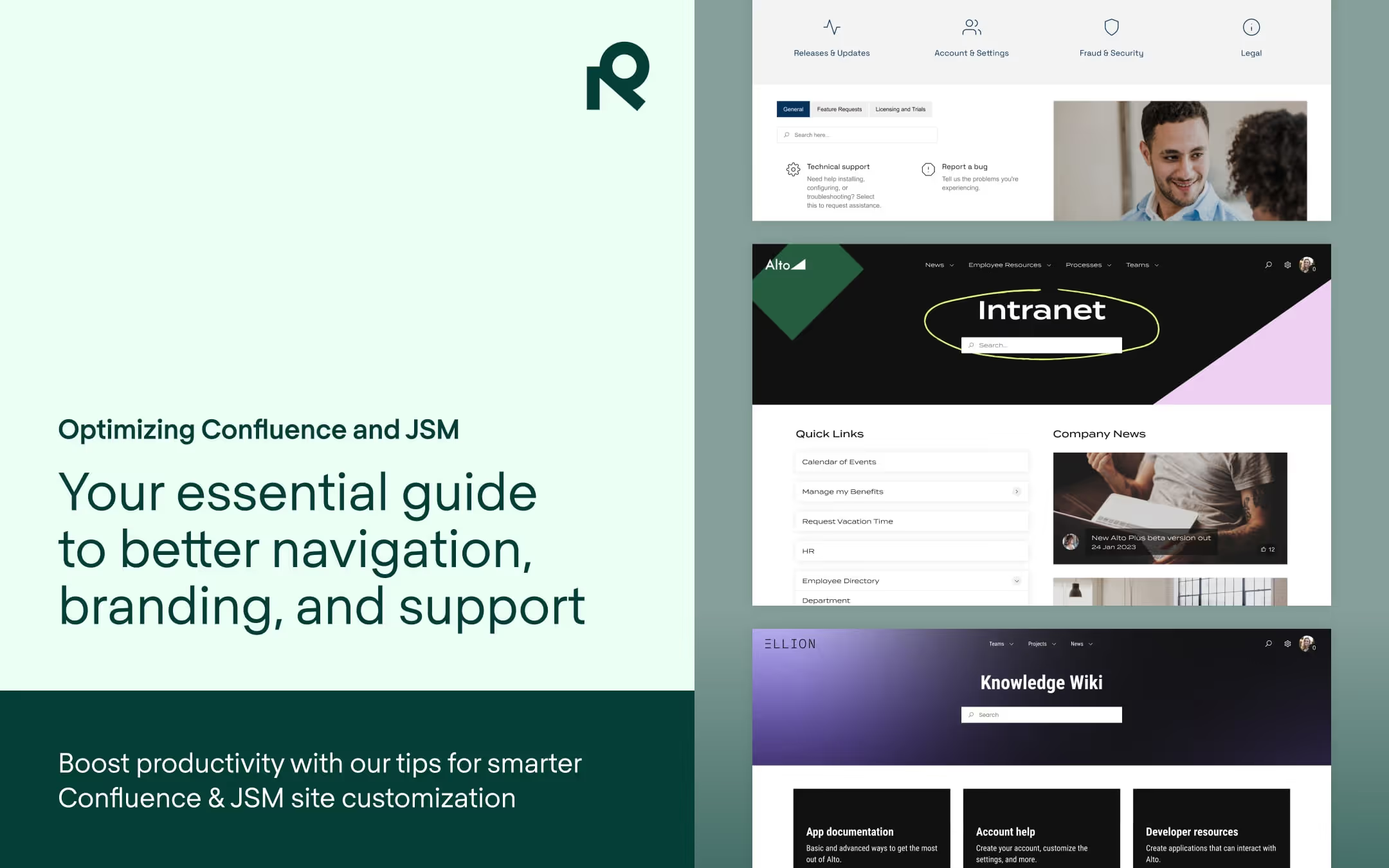4 easy ways to put users at the center of your Confluence and Jira Service Management sites

Are you doing enough to anticipate user needs in Confluence and JSM?
There's a long list of benefits to be gained by using Confluence and Jira Service Management. Both are powerful resources for communication and information-sharing as well as for organizing teams, managing projects, and improving cross-organization efficiency. They can also be catalysts for collaboration and serve as the ever-sought—but ever-elusive—“single source of truth.”
From a content creation side, they make generating and posting content—or providing support—a breeze.
But for users accessing that content or seeking help, the experience isn’t quite the same. Visitors in search of information in Confluence, for example, might get lost amidst a seemingly never-ending sea of spaces, pages and lengthy page trees.
These downfalls highlight the fact that merely creating and storing information in a tool like Confluence or JSM is not enough to deliver its full potential to users. To truly make the most of them, the experience needs to be engaging, clear and actionable for the intended audience.
To help you get there, I’m sharing four simple ways to design around your users when building with Refined Sites for Confluence and JSM. Watch as Maria explains it below or read on for a summary of the takeaways.
1. Highlight what matters most to users on custom landing pages
One of the main frustrations for Confluence users is that all pages are equally highlighted in the user interface. Few pages stand out to users with the exception of links you add to space homes. There's little room to steer users toward the most important information, so the most in-demand pages risk blending in with all the others.
With Refined, on the other hand, you can easily lay out pages to make the most common day-to-day needs of your audience easily accessible. Customize landing page with search bars, activity streams, cards, icons, buttons, and more, to provide easy pathways toward common destinations. And when users arrive at the page they were looking for, a page tree is visible on the left-hand side —just as it is in Confluence—so functionality isn’t lost and they can still navigate that way if they choose to.
2. Get more eyeballs on critical information
Finding important information isn’t always the only goal: you may also want to promote certain content and make sure that it shows up in multiple places across your Confluence or JSM sites, driving maximum readership or awareness. If your organization launched a new career advancement program, for instance, you may wish to alert employees to its existence through a multi-pronged approach.
Using Refined, you can take your base material (say, a series of Confluence blog posts about career advancement) and syndicate it in a variety of places across your intranet site for greater exposure. For example, create a news page and highlight the blog series there, along with photos, or feature it prominently on the home page of the intranet using a scrolling feature. You could even ask department-level managers to highlight it on team homes with a link or callout.

3. Make it easy for users to get help
Another way to make the Confluence and JSM experience more unified for the audience is to embed help requests within your content by letting users create JSM requests on Confluence pages. Making it seamless to go from reading about something to asking for help with something can be a powerful boost to user engagement and satisfaction.
Consider this scenario as an example: You post a news item about your organization’s parental-leave policy. In case readers have questions about it, or want to request leave approval, you can include a link to your HR service desk on the page. That way, employees reading the article can quickly make a parental leave time-off request or enquire about policy specifics. On Refined cloud sites, the service desk will pop up over top of the page, so users can file requests without a context switch.
4. Localize for languages and geography
As business becomes increasingly global, it’s more and more common for organizations to have employees working in various countries—and speaking various languages. From a Confluence and JSM perspective, that means your audience has different needs. How can you make sure that the right message is sent to the right people, and your sites are not a one-size-fits-all experience?
One solution is to build one intranet site that shows content in English for your, say, British workforce, and one intranet site that shows site that shows content in Korean for your Seoul office. You can use the same structure for both of the sites, but present the information in a different language so you are customizing the user experience.
More site-building strategies
Ultimately, the more you focus on the unique needs of your users, the more likely you are to be rewarded high engagement for your Confluence and Jira Service Management products. Find more tips and strategies on using Refined to customize Confluence and JSM in ways that engage your targeted audiences here.
Read more about



Try Refined free for 30 days

























